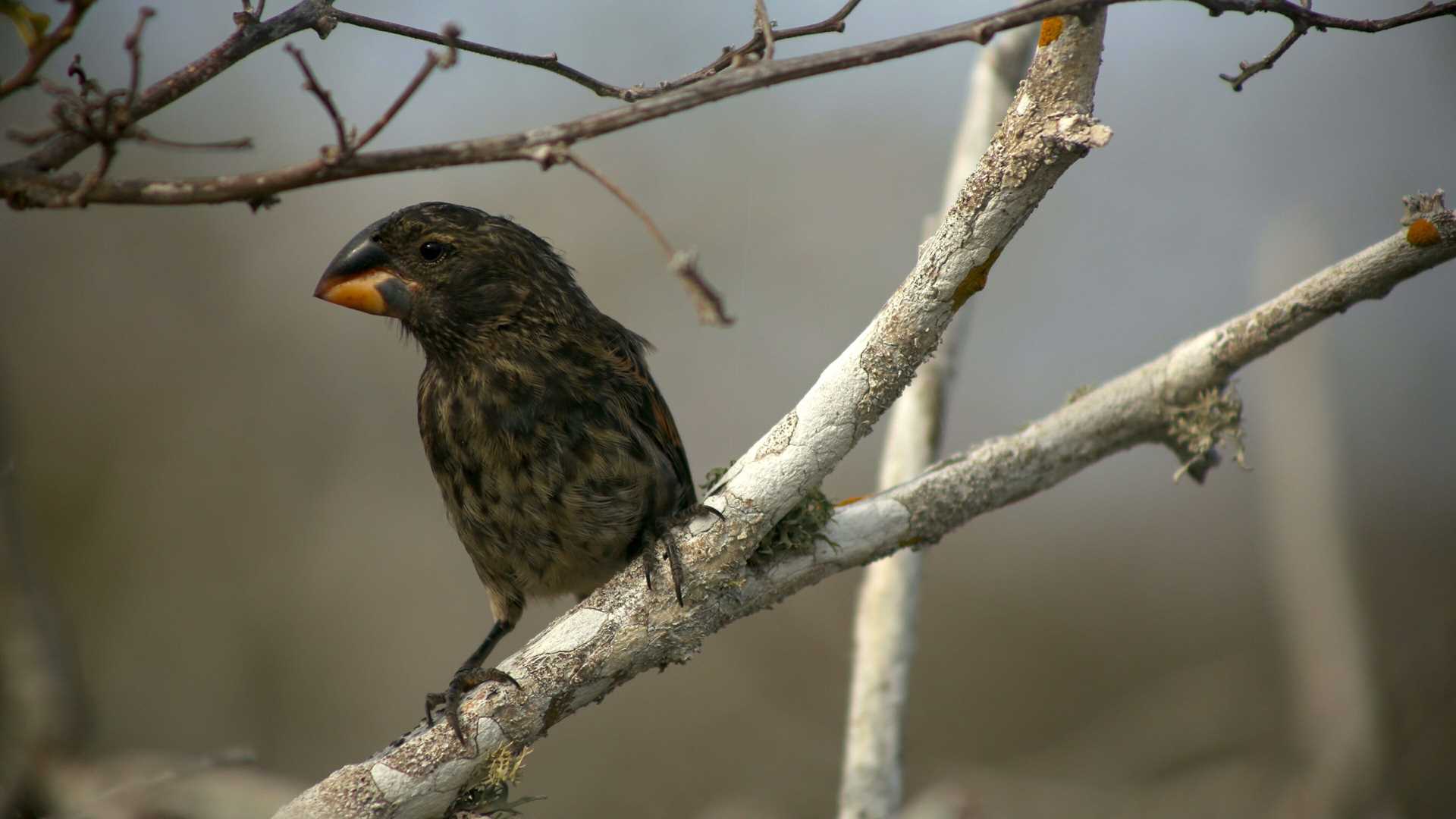We saved the best for last on our final night in this amazing paradise. National Geographic Endeavour II navigated northeast of the archipelago to Genovesa Island, or Tower, a horseshoe-shaped island. The anchoring place is inside of the remains of a submerged volcanic crater, known as Darwin Bay, despite the fact that Charles Darwin never visited this island. Genovesa holds a unique flora and fauna composition, especially of marine birds. Known locally as “Bird Island,” the majority of the red-footed booby population is located here.
Our first visit was to Prince Philip’s Steps, named after visits from Prince Philip in 1964 and again in 1981. Colonies of red-footed and Nazca boobies, frigatebirds, wedge-rumped storm petrels, and a couple short-eared owls (the island’s top predator) greeted us after our dry landing and a 25-meter climb up lava rocks turned into stairs. In the afternoon, we took a peaceful walk around the trail of the beach at Darwin’s Bay. We were surrounded by colonies of marine birds and enjoyed close interactions with them. We finally closed the day with great sightings of sharks and rays!







